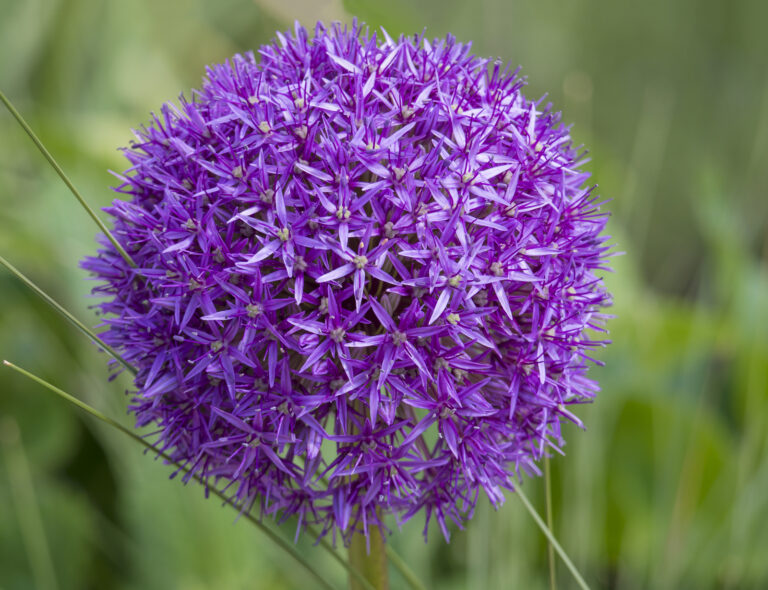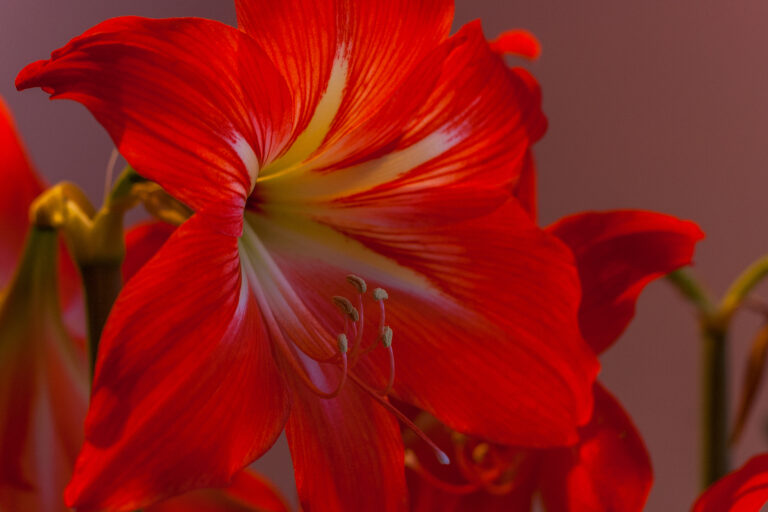How to Grow Tuberous Begonia
Tuberous begonias have beautiful, large and dramatic, usually double flowers in various forms, including rose and camellia-like. Some are fragrant and many have attractive and fancy tear-shaped leaves.
Tuberous begonia types range from plants with saucer-size blooms to those covered with small blossoms. Some are upright growers suited for flower beds and borders, others are multi-stemmed and pendulous and suited for hanging baskets and window boxes.
Tuberous begonias with few exceptions are summer- and fall-blooming. Flowers are every color except blue.
Garden Success Products at Amazon:
- 10 pcs Stainless Steel Garden Hand Tool Set
- Flexi Hose with 8-inch Nozzle
- Gorilla Cart 4 Cu. Ft, 300-pound Capacity
- Neem Bliss 100-% Cold Pressed Neem Oil
- Safer Brand Insect Killing Soap
- Wildflower Seed Mix Attracts Hummingbirds and Butterflies
- Eden Brothers All Perennial Seed Mix
The tuberous begonia–as the name states–is grown from a tuber. It belongs to the vast Begonia genus that contains about 1,300 species–annuals, perennials, shrubs, climbers, succulents, and epiphytes.
Tuberous begonias can be difficult to grow if conditions are not right. They grow best in areas with cool, somewhat humid summers; they do not grow well in areas with dry heat. Grow them in partial shade and loose, well-drained soil rich in organic matter.
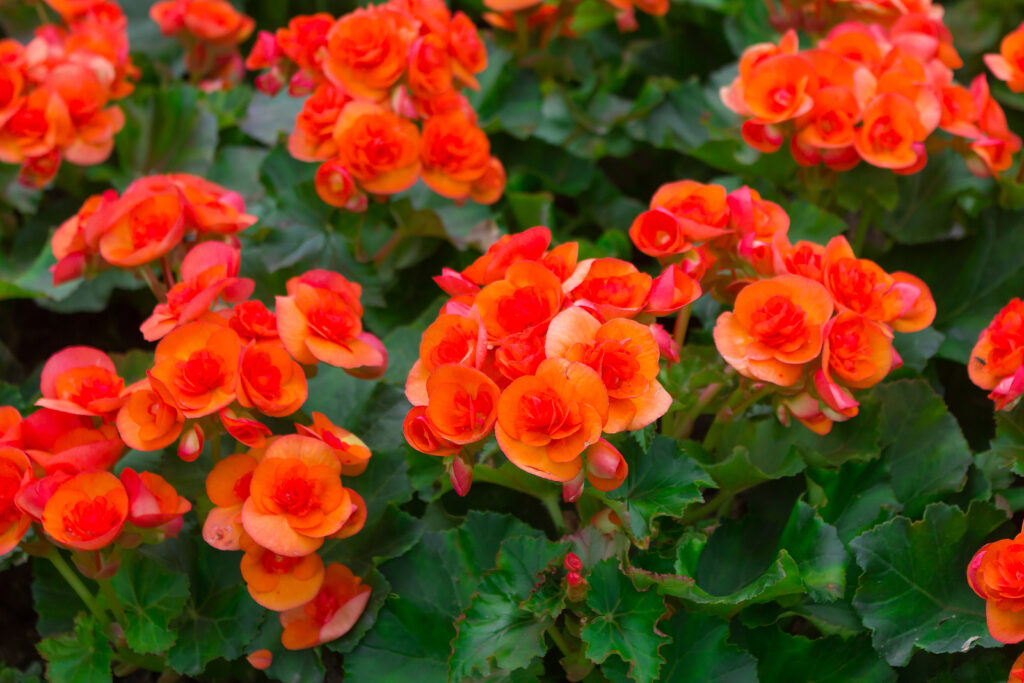
Get to know tuberous Begonia
- Plant type: Tender summer-blooming bulb sometimes treated as an annual
- Growing Zones and range: Annual outdoors in Zones 2 to 9; perennial outdoors in Zones 10 to 11; grown year-round indoors
- Hardiness: Half-hardy; prefer temperatures from 60°F to 80°F (15.6°-26.7°C); killed by frost.
- Height and width: 3 to 18 inches (7.6-45cm) tall and wide depending on the variety
- Foliage: Pointed oval to heart-shaped, hairy, toothed, green leaves; wide range of colors except for blues and purples
- Flowers: Single or double flowers up to 2 to 4 inches (5-10cm) across, a few varieties larger
- Bloom time: Spring and summer; tuberous begonias bloom 4 or 5 months after planting
- Uses: Grow in shaded beds and borders and hanging baskets
- Common name: Tuberous Begonia
- Botanical name: Begonia x tuberhybrida
- Family: Begoniaceae
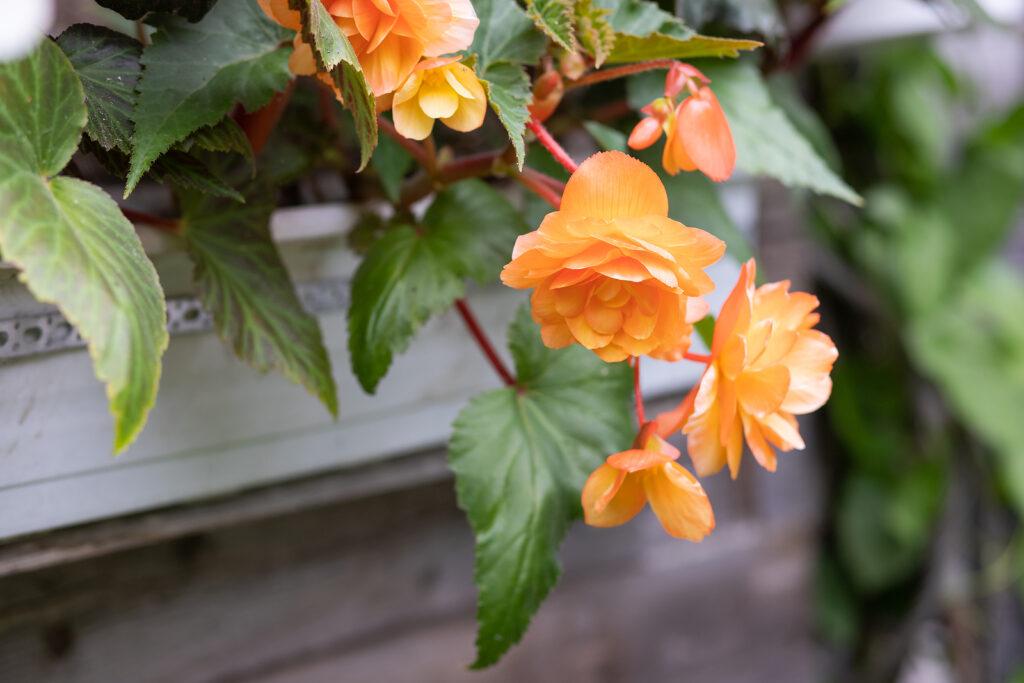
Where to plant tuberous Begonia
- Plant tuberous begonia in very light shade to almost full sun in Zones 2-5; plant in light shade in Zones 6-11.
- Grow tuberous begonias in humus-rich, moist, but very well-drained soil. Grow in well-drained containers.
- Grow in a place protected from the wind.
- Tuberous begonias prefer a soil pH of 6 to 7.
When to plant tuberous Begonia
- Plant tubers indoors in spring in pots just deep enough to cover the tubers; plant 2 to 8 to 10 weeks before the last frost date.
- Transplant tubes outdoors after all danger of frost has passed or plant in place outdoors when nights are above 50°F/10°C.
- Plant firm, solid tubers that do not have soft spots or cuts. Avoid tubers that have already sprouted.
- The top of the tuber is the concave side.
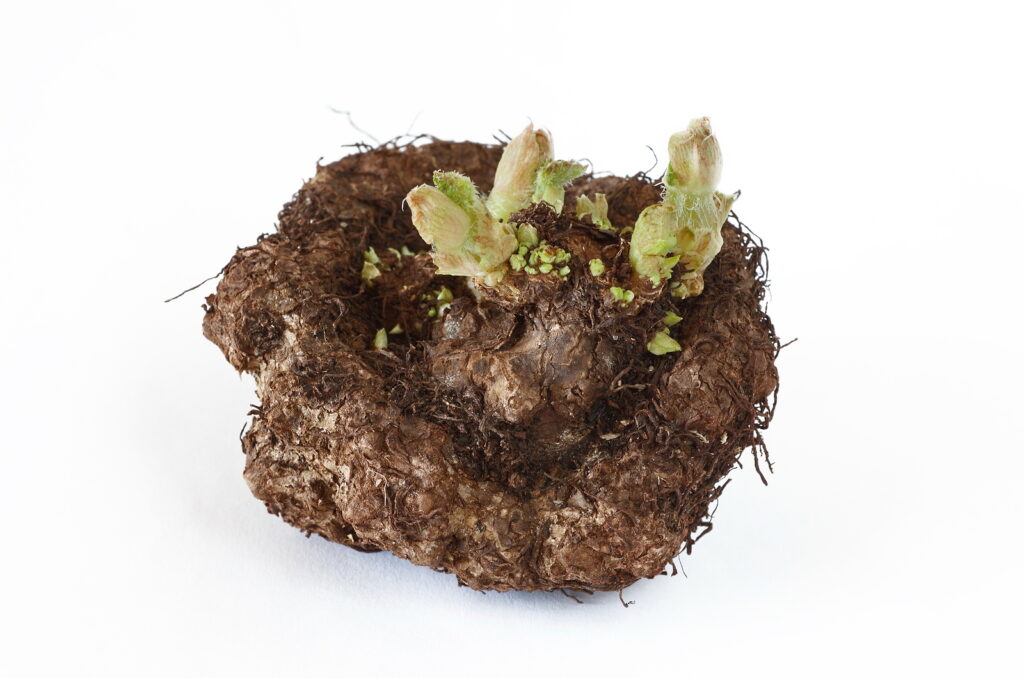
Planting and spacing tuberous Begonia
- If pink buds are not visible on the tuber, place it upside down on the surface of the growing medium and set them in a warm, humid spot at 70° to 80°F (21°-26.7°C) for about a week. Then check each day for pink buds.
- When 1/2 inch pink buds appear, plant the tuber with medium barely covering the tops. Water very lightly until growth begins; too much water will rot the tubers.
- When tubers are actively growing, keep them evenly moist and set them in a bright spot protected from direct sun.
- Move tubers to individual 4 to 5-inch (10-12.7cm) pots when shoots are 1.5 inches tall. When the shoots are several inches tall place them in the container or garden spot where they will bloom; keep them indoors until all danger of frost has passed.
- Space tuberous begonias 12 to 18 inches (30-45cm) apart.
How to water and feed tuberous Begonia
- Keep the soil evenly moist especially when tuberous begonias are blooming, but do not overwater or tubers will rot.
- Fertilize tuberous begonias every 4 to 6 weeks with an all-purpose fertilizer; work a slow-release fertilizer or compost into the planting spot.
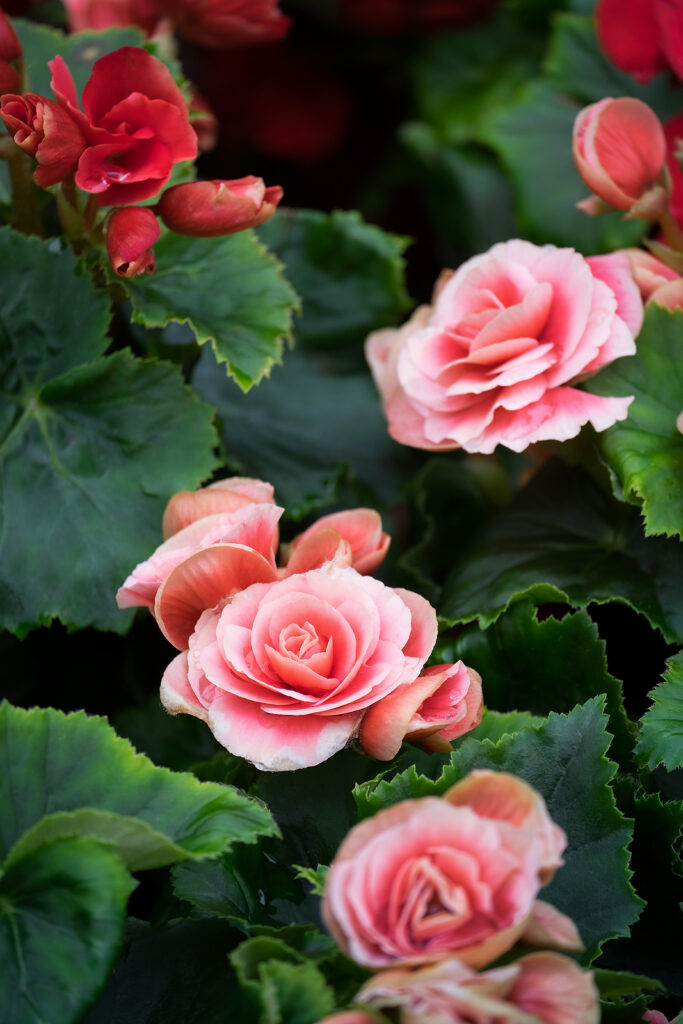
Tuberous Begonia care
- Trim spent blooms to encourage new blossoms.
- Loosely tie the brittle stems to stakes with soft twine or yarn.
- Lift and store tubers in the fall. Dig the tubers and spread them out, tops and all, in a shady, dry, well-ventilated spot. Let the tops dry then shake the soil from the tubers and store in a cool 40° to 50°F (4.4°-10°C) well-ventilated spot. Store them in shallow trays filled with dry peat moss. Check regularly for signs of rot. Replant them as you would new tubers in spring.
Growing Begonia as a houseplant
- Most begonias grow best in bright light (an exception is rex begonias which prefer limited light).
- Begonias prefer average to warm temperatures.
- Most begonias like high humidity (the exceptions are tuberous and rex begonias).
- Grow all begonias in rich potting medium and keep the medium evenly moist except in winter, when it should be allowed to dry out slightly between waterings.
- All begonias like monthly fertilizing when they are in growth or in flower.
- Wax begonias like to be pot-bound and can be pinched to keep them compact.
Tuberous Begonia Pests and Diseases
- Tuberous begonias are susceptible to mealybugs, mites, thrips, whiteflies, powdery mildew, stem rot, and rhizome rot.
Tuberous Begonia propagation
- Propagate tuberous begonias from root stem, tip, or leaf cuttings in spring or summer.
- Take basal cuttings from tuberous begonias in spring.
Tuberous Begonia cultivars to grow
- Popular strains are ‘Double Trumpet’ (improved rose form), ‘Prima Donna’ (improved camellia form, and ‘Hanging Sensation’.
- ‘Clips’ and ‘Non-Stop’ mixes are two strains that come true from seed.
Also of interest:




